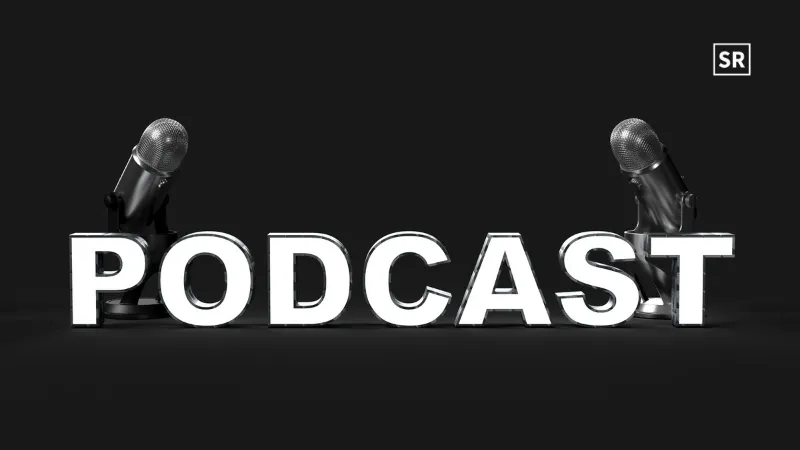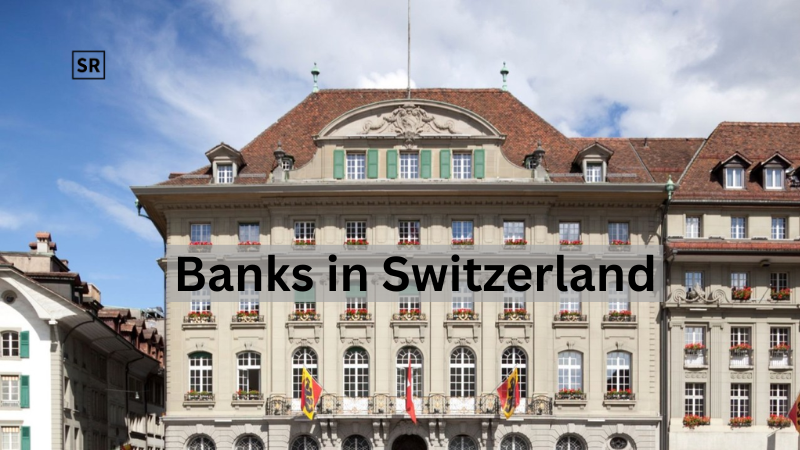Italy – Democracy Country, Population, Economy and Business Growth
Jul 28, 2025 | By Kailee Rainse
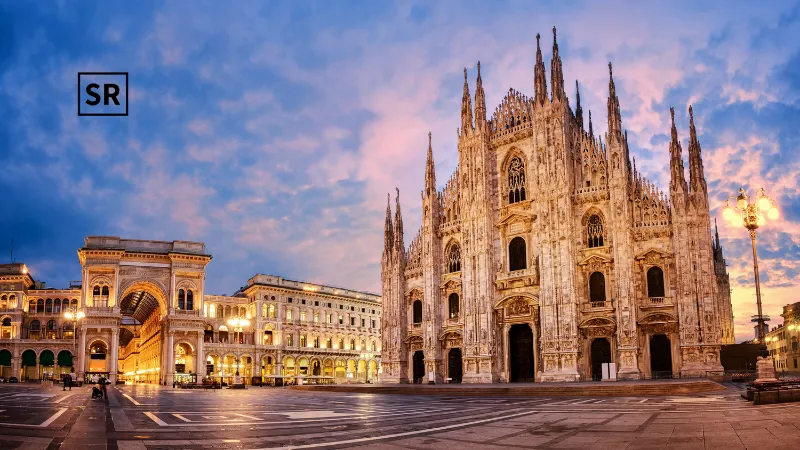
Italy is a country in southern Europe, located on a boot-shaped peninsula surrounded by the Mediterranean Sea. It is officially known as the Italian Republic. Italy shares borders with France, Switzerland, Austria, and Slovenia. It also includes two large islands—Sicily and Sardinia.
The capital city is Rome, which is home to many famous historical places like the Colosseum and the Pantheon. Rome also contains Vatican City, the smallest country in the world. Italy has been a parliamentary republic since 1946 and is one of the founding members of the European Union, NATO, and the United Nations. Known for its rich culture, Italy has made a big impact on fashion, food, art, and car design.
Tourists from around the world visit Italy for its history, beauty, and delicious cuisine. Today Italy continues to play an important role in both European and global affairs, contributing to culture and the economy.
Italy Government
Italy has a parliamentary republic type of government. This means the country has both a President and a Prime Minister. The President is the head of state and is elected for a seven-year term by members of Parliament and regional representatives. The President mainly performs ceremonial duties but also appoints the Prime Minister and signs new laws.
The Prime Minister is the head of government and is responsible for running the country. The Prime Minister leads the Council of Ministers, which handles the daily work of the government. Italy’s Parliament has two parts: the Chamber of Deputies and the Senate. These two houses work together to make and pass laws.
Italy also has a strong and independent judicial system. The highest court, the Constitutional Court, makes sure that all laws follow the Constitution.
Italy is a democratic country, where people vote in free elections. The government supports public involvement and protects basic rights. Italy is also an active member of global organizations like the European Union (EU), NATO, and the United Nations (UN).
What type of government does italy have
| Aspect | Details |
| Government Type | Parliamentary Republic |
| Head of State | President of the Republic (ceremonial role) |
| Head of Government | Prime Minister (runs the government) |
| President's Term | 7 years (elected by Parliament and regional representatives) |
| Prime Minister’s Role | Leads the Council of Ministers and manages daily government affairs |
| Legislative Branch | Bicameral Parliament: Chamber of Deputies & Senate |
| Judiciary | Independent; overseen by the Constitutional Court |
| Election System | Democratic, with regular free elections |
| Founding of Republic | 1946, after a national referendum abolished the monarchy |
| International Memberships | European Union (EU), NATO, United Nations (UN), and other global bodies |
Itly Business Sector Growth
Italy's business sector is steadily growing, powered by strong exports, innovation and digital advancement. Core industries such as fashion, automotive, food and machinery remain global leaders. Emerging tech startups in fintech, cleantech and AI are bringing new momentum to the economy.
Government incentives and EU funding are helping companies adopt advanced technologies and scale. Northern cities like Milan and Turin continue to drive industrial expansion, while tourism is regaining strength. Despite facing issues like high public debt and an aging population, Italy benefits from its rich heritage, talented workforce and commitment to innovation, supporting ongoing economic and business development.
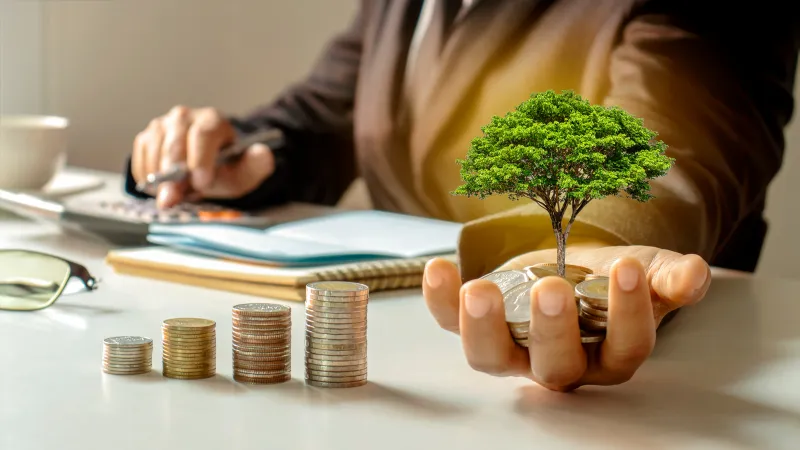
Is Italy a democracy?
Yes, Italy is a democracy. It became a democratic republic after World War II, following a public referendum held on June 2, 1946. In this vote the Italian people chose to abolish the monarchy and establish a republic. This day is now celebrated as Republic Day in Italy. The country's democratic system was officially established with the adoption of the Italian Constitution on January 1, 1948.
Italy’s government is based on the separation of powers into three branches: the Legislative (Parliament), the Executive (Council of Ministers led by the Prime Minister), and the Judiciary (independent courts). The President of the Republic acts as the head of state.
Article 1 of the Constitution clearly declares: “Italy is a democratic Republic founded on labour. Sovereignty belongs to the people and is exercised by the people within the limits of the Constitution.”
This framework ensures citizens have voting rights and freedom making Italy a strong democratic nation.
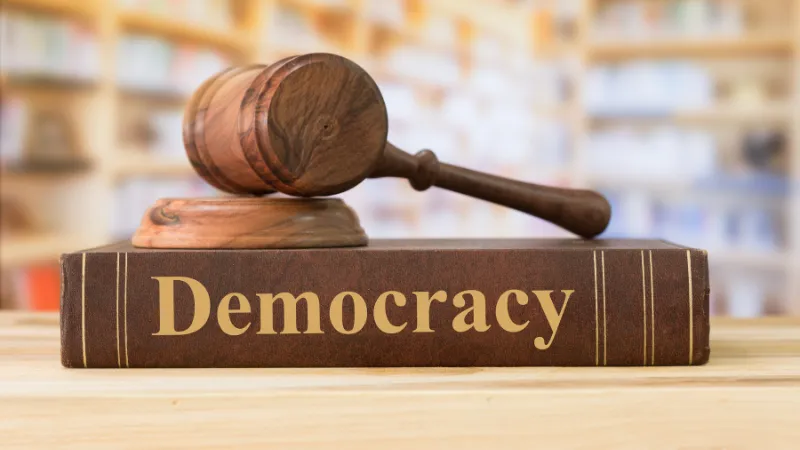
RECOMMENDED FOR YOU

NCC Group Share Price Prediction 2025, 2026 to 2030 – Expert Analysis
Team SR
Oct 16, 2025
Italy population 2025
As of early 2025, Italy's population is about 58.93 million according to ISTAT. This is a drop of around 37,000 people compared to the previous year. The decline is mainly due to low birth rates and an aging population.
Italy’s population peaked at 60.8 million in 2015 and has been slowly decreasing since then. The fertility rate remains low, meaning fewer babies are being born to replace older generations. However, about 9.2% of Italy’s population—around 5.4 million people—are foreign nationals, which helps slow the decline. Despite this, Italy still faces big challenges such as an aging society, public finance pressure, and a growing number of elderly people depending on fewer working-age citizens.
Italy Economy
Italy's economy is powered by manufacturing, tourism, and exports—mainly fashion, machines, and food. It ranks third in the Eurozone. The north is more industrialized, while the south lags behind. Although it faces issues like high debt and an aging population, Italy continues to grow through innovation and cultural strength.
Italy’s GDP in 2024 is around $2.38 trillion, making it the world’s 8th largest economy by nominal GDP. It has a strong manufacturing base and is a major exporter of fashion, machinery and food. Growth remains steady at 0.7%, though challenges like high debt and an aging population persist.
Itly's capital and currency
Italy's capital city is Rome one of the oldest and most historically significant cities in the world. Known for its ancient landmarks like the Colosseum and the Vatican City, Rome serves as the political, cultural and economic center of the country. The official currency of Italy is the Euro (€), which it adopted in 2002, replacing the Italian Lira. As a member of the European Union and the Eurozone, Italy shares its currency with 19 other EU countries. The Euro helps support trade, travel and financial stability within the region, making it easier for Italy to connect with global markets.
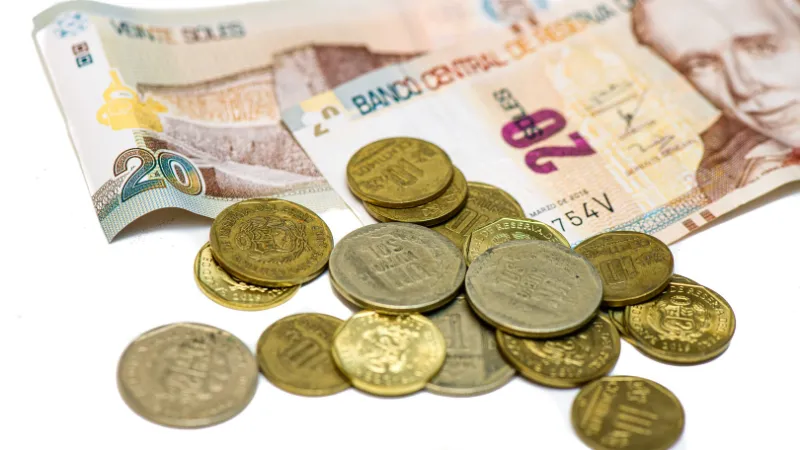
Conclusion
Italy is a country where ancient history meets modern democracy. Its capital is Rome, known for its rich past, and the official currency is the Euro. Italy has a parliamentary republic, meaning people elect leaders to run the country. It plays an important role in both Europe and the world. Italy is famous for its art, culture, food, and strong economy. Though the population is slowly shrinking, the country stays important thanks to its heritage, creativity, and global connections. Italy continues to be a strong and respected nation across the world.


 Follow us
Follow us Follow us
Follow us




